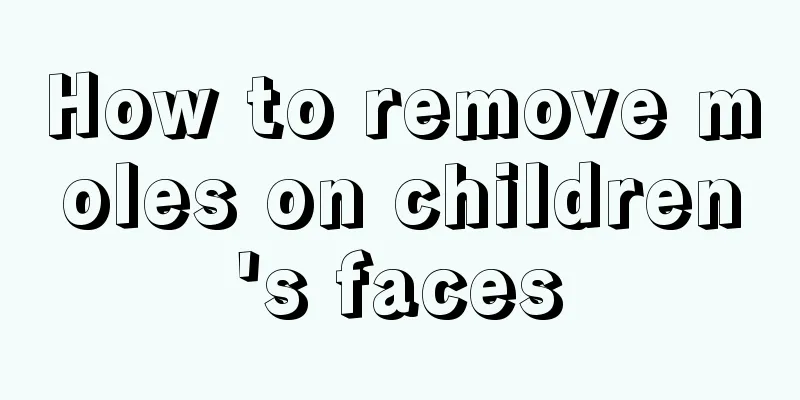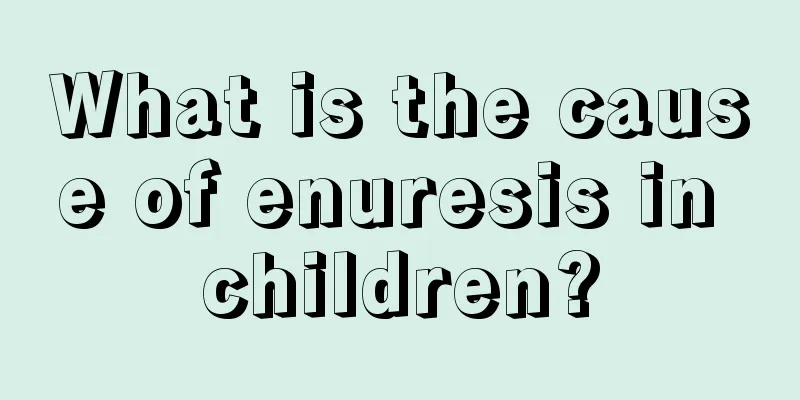What are the dangers of flying with babies?

|
Nowadays, many parents want to bring their babies with them because they need to fly all over the world. Some people will take their babies on the plane when they are very young. Babies need to undergo a physical examination when they are on the plane. According to current regulations, healthy babies who are over 14 days old can take the plane, but before boarding the plane, they must take the child to the ENT and cardiology departments for a detailed examination. When the plane takes off at the beginning, a large airflow will be generated, which will have a certain impact on the eardrum of the newborn. You can prepare a pacifier or give the baby something to drink so that the baby can have something in his mouth. This can protect the eardrum and prevent adverse reactions to atmospheric ram pressure. Does that mean all babies can’t fly? Doctor's advice: Do an acoustic impedance test first Can babies travel on airplanes? What should you pay attention to when taking a plane? There is no clear statement in the "China Civil Aviation Passenger and Baggage Domestic Transportation Rules", but major airlines have their own regulations. Air China stipulates that infants who are over 14 days old and in good health can board the plane. Some doctors suggest that before babies board an airplane, it is best to take them to the ENT department of a hospital for an acoustic impedance test. If the results are normal, they can board the airplane. If you have symptoms such as nasal congestion or a cold, you should not fly. Because of the pressure difference between the inside and outside of the middle ear during the takeoff and landing of the aircraft, the eardrum will be affected. It's a good idea to let your baby breastfeed, either with a bottle or a pacifier during takeoff and landing. If children are traveling on an airplane, you can let them chew gum or eat or drink something, which can also reduce the pressure on the eardrum. Is flying bad for babies' ears? The middle ear is inside the ear canal and is separated by the eardrum. Inside the eardrum is a cavity called the tympanic cavity. The Eustachian tube opens at the front and lower part of the tympanic cavity. The Eustachian tube goes straight to the side wall of the nasopharynx, which also has an opening that is right next to the side of the posterior end of the nasal cavity. When you open your mouth, swallow, yawn, or sing, the Eustachian tube can be opened with the help of muscle contraction to regulate the air pressure in the tympanic cavity, thereby maintaining the balance of pressure inside and outside the eardrum. When an airplane takes off or lands, the atmospheric pressure in the cabin will drop or rise, causing a difference in pressure between the inner and outer ears and causing tinnitus and ear pain. Adults can eliminate the symptoms by balancing the pressure between the two by swallowing saliva, chewing gum or blowing air; babies cannot swallow actively yet, so adults can reduce the pressure on the eardrum by feeding them intermittently to induce sucking and swallowing movements. So far, no cases of hearing damage to infants caused by flying have been found either at home or abroad. Things to note when taking a flight with a baby 1. Preparation before boarding the plane : Buying tickets: Infant tickets must be purchased at the same time as adult tickets. Although infants do not occupy seats, you can buy tickets at the airport. However, small airports may refuse to sell you a separate infant ticket on the pretext that there is no window for a certain airline. So if you buy tickets online, you must book the baby's ticket at the same time. Regarding seats: It is best to arrive at the airport early to exchange tickets and tell the staff that you have a baby so that you can ask the staff to arrange a seat near the front. Preferably the first row. The treasure room there will be bigger. Carry-on luggage preparation: Put everything you need in a light backpack, including toys, diapers, snacks, bottles (2), milk powder, and if possible, some videos. Also remember to bring an extra set of clothes for your baby in your carry-on bag. If it is winter, a pair of socks is also necessary. I even recommend bringing two changes of clothes if they will fit in your carry-on backpack. 2. Boarding Preparation before boarding the plane. It is best to change your baby's diaper before boarding the plane. Because it is very inconvenient to change it on the plane. Try wearing diapers before boarding the plane The documents your baby needs to board the plane. Bring your birth certificate. About special channels. There are advantages to bringing a baby with you, as you can use special channels. Generally, when the staff sees this, they will let us go through the staff passage so there is no need to wait in a long line with the children in our arms. |
<<: What’s wrong with the small bumps on the back of my child’s head?
>>: How often do babies eat formula?
Recommend
What are the symptoms of hernia in children?
Most people think that children are very weak whe...
How to take care of babies who have trouble sleeping during the confinement period
Many women have reported that their babies do not...
The normal height of a baby and the factors that affect the baby's height
When babies are young, they are in the period of ...
Why does the baby retch when drinking milk?
Newborn babies do not have the ability to express...
What to do if a 6-year-old child has a stuffy nose?
The nasal cavity of children is very sensitive an...
What are the reactions of children when feeding?
The breastfeeding period is the favorite stage fo...
What should I do if my child has an itchy throat?
Colds are common in children because their immune...
What are the reasons for slow teething in children?
What should I do if my child’s teeth grow slowly?...
What milk powder should I drink if I am lactose intolerant? Tips for choosing milk powder
Nowadays, more and more babies are lactose intole...
One year after child's lumbar injury
Children often play around and make a mess, so it...
What to do if a 9-year-old child suffers from insomnia
In life, some people like to think about things b...
What is the situation of small red bumps on the newborn's face?
Many newborns have small red bumps on their faces...
3-year-old baby coughs with phlegm
I believe that many people often encounter the pr...
What to do if your baby coughs after choking on milk
Many women are first-time mothers and have no exp...
What to do if your baby has diarrhea when switching to new milk
You should pay special attention when changing yo...









